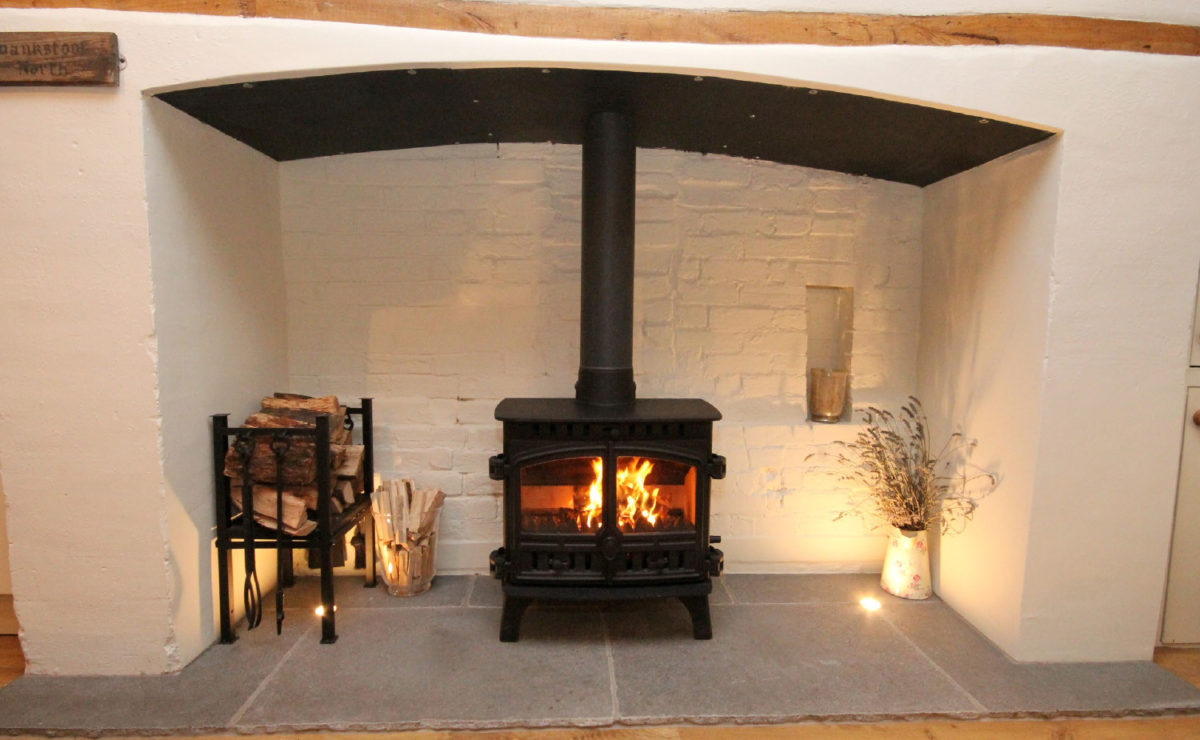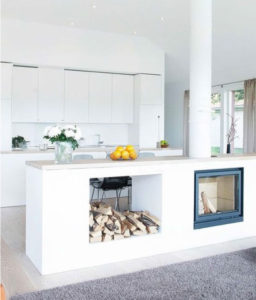
Did you know stoves are up to three times more energy efficient than open fires and they keep the house warm even when not being used because of the reduction in ventilation heat losses. Replacing an open fire with an efficient stove can reduce the household energy consumption by 8 to 10%. So it’s no surprise that they have grown in popularity in recent years

There are a lot of factors to consider before you buy to make sure you get the perfect stove for your home. An important part of this selection process is getting the right size and heat output. Many retailers have an online website calculator to help you figure it out.
Use the following calculation as a general rule of thumb. Height (m) x Length (m) x Width (m) x .0606 will give you the required power output in kW. This calculation should be used as a guide. The heat required may vary depending on how well your room is insulted and how much natural sunlight you get.
Typically a well-insulated room of 2.4m x 4.5m x 6.0m would need a stove of only 3.6kW heat output. However, if poorly insulated, the same room would need 5.4kW of heat output.
Don’t buy a stove based on this calculation alone, though, as there are a number of other factors to consider. It’s advisable to get an approved installer to carry out a survey before buying. This survey should also inform you about issues relating to building regulations such as carbon monoxide detectors, the size of the hearth and flue, the distance between the stove and combustible items. Everything should be inspected again after fitting and smoke tested to ensure there are no leaks.
The space that you have will also determine the kind of stove that you choose. Insert stoves are integrated stoves that are built into the standard fireplace opening. These are the ideal solution for smaller rooms or narrow hearths. Freestanding stoves tend to be bigger in size and take up more space in the room. They can be located on an existing hearth provided it’s suitable for the size and weight of the stove.
What kind of fuel source best suits you? Most people are familiar with woodburning stoves in which you can only burn wood, but there are also multifuel stoves which can burn anthracite, coal, smokeless fuel, seasoned peat briquettes and dried wood. Do not

Don’t buy a stove based on this calculation alone, though, as there are a number of other factors to consider. It’s advisable to get an approved installer to carry out a survey before buying. This survey should also inform you about issues relating to building regulations such as carbon monoxide detectors, the size of the hearth and flue, the distance between the stove and combustible items. Everything should be inspected again after fitting and smoke tested to ensure there are no leaks.
The space that you have will also determine the kind of stove that you choose. Insert stoves are integrated stoves that are built into the standard fireplace opening. These are the ideal solution for smaller rooms or narrow hearths. Freestanding stoves tend to be bigger in size and take up more space in the room. They can be located on an existing hearth provided it’s suitable for the size and weight of the stove.
What kind of fuel source best suits you? Most people are familiar with woodburning stoves in which you can only burn wood, but
there are also multifuel stoves which can burn anthracite, coal, smokeless fuel, seasoned peat briquettes and dried wood. Do not use high moisture content fuels as they will affect performance and damage the unit.






